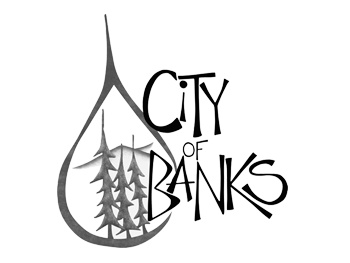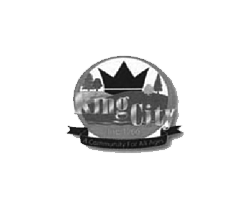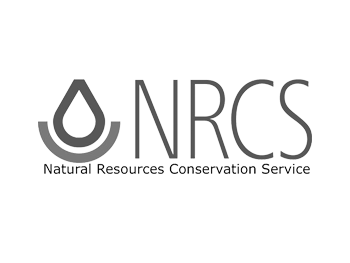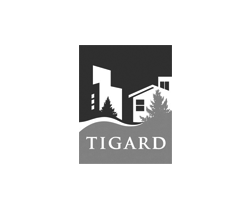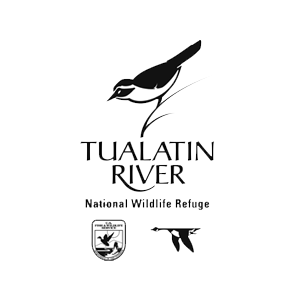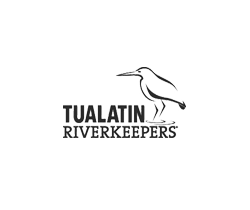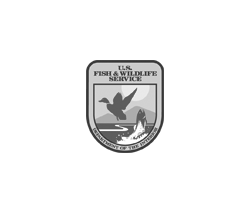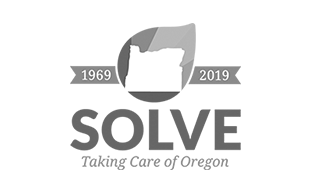Increasing Resilience of Natural Areas and Welcoming Growth
Working together towards common goals, private and public partners are significantly enhancing a ditched stretch of Bethany Creek, creating an asset for the community and wildlife.
A seven-acre parcel in rapidly developing North Bethany, the privately owned site is features Bethany Creek, a tributary to Springville Creek. These streams connect downstream to large, public natural areas including an 80-acre Tualatin Hills Park & Recreation District (THPRD) park with more trails and wildlife habitat. Public-private partnerships, integrated planning, and a variety of innovative management techniques will provide enormous value by increasing the resilience of the natural area as the neighborhood is built around it.
The Site
First planting: 2017
Size: 7 acres
Stream length: 1,238 feet
Total to date: 14,000 plants
Plant communities: Riparian Forest, Scrub Shrub
The rapid pace of new development in North Bethany reflects the healthy economy and desirable quality of life in Washington County. However, widespread land use changes pose challenges to creeks, wetlands and floodplains already strained by more than a century of clearing, agriculture and other uses. As North Bethany develops, additional roofs, roads, sidewalks, driveways and other hard surfaces will only increase the rate of urban runoff to local streams. While wetland and stream areas have protection buffers designated during the development process, there is no program to comprehensively improve these natural areas inside the buffer. Without innovative public-private partnerships, Bethany Creek would remain an incised ditch that drains and compromises a wetland area dominated by invasive weedy plants.
The Challenge
The rapid pace of new development in North Bethany reflects the healthy economy and desirable quality of life in Washington County. However, widespread land use changes pose challenges to creeks, wetlands and floodplains already strained by more than a century of clearing, agriculture and other uses. As North Bethany develops, additional roofs, roads, sidewalks, driveways and other hard surfaces will only increase the rate of urban runoff to local streams. While wetland and stream areas have protection buffers designated during the development process, there is no program to comprehensively improve these natural areas inside the buffer. Without innovative public-private partnerships, Bethany Creek would remain an incised ditch that drains and compromises a wetland area dominated by invasive weedy plants.
The Transformation
Management techniques at Bethany Creek connect upland areas, creek margins and the creek itself. A variety of native trees, shrubs, wildflowers and wetland grasses have replaced invasive, weedy plants. Snags, or dead standing trees, are the apartments of the restored forest, and provide essential spaces for cavity-nesting birds, such as owls, wood ducks and flickers. Strategic planting of willows and downed logs create anchor points for beaver to build dams and improve aquatic habitat. Habitat for songbirds, raptors, mammals, and amphibians is being enhanced and will continue to develop naturally over time. Also, rainwater from nearby neighborhoods will be slowed and cleaned by vegetation before it enters the main stream channel. These actions will improve floodplain and stream function, reduce stream bank and streambed erosion, and provide flood control and water quality benefits. In addition, THPRD has installed a nearby playground and trail, and more community amenities are planned for the future.
Additionally, this project benefits from an upstream pond that detains and cleans water while metering it out systematically in response to live storm forecasting and in consideration of the creek’s ability to convey water. The site also connects to downstream stream enhancement efforts by private developers and public agencies.
A comprehensive approach is cleaning and cooling the creek, improving habitat and floodplain operation, while enabling recreational benefits for the local community, including newly added trails. By taking a comprehensive, large-landscape approach to water management, enhancement projects such as Bethany Creek are leveraging partnerships to improve the health and resilience of the watershed as a whole.









